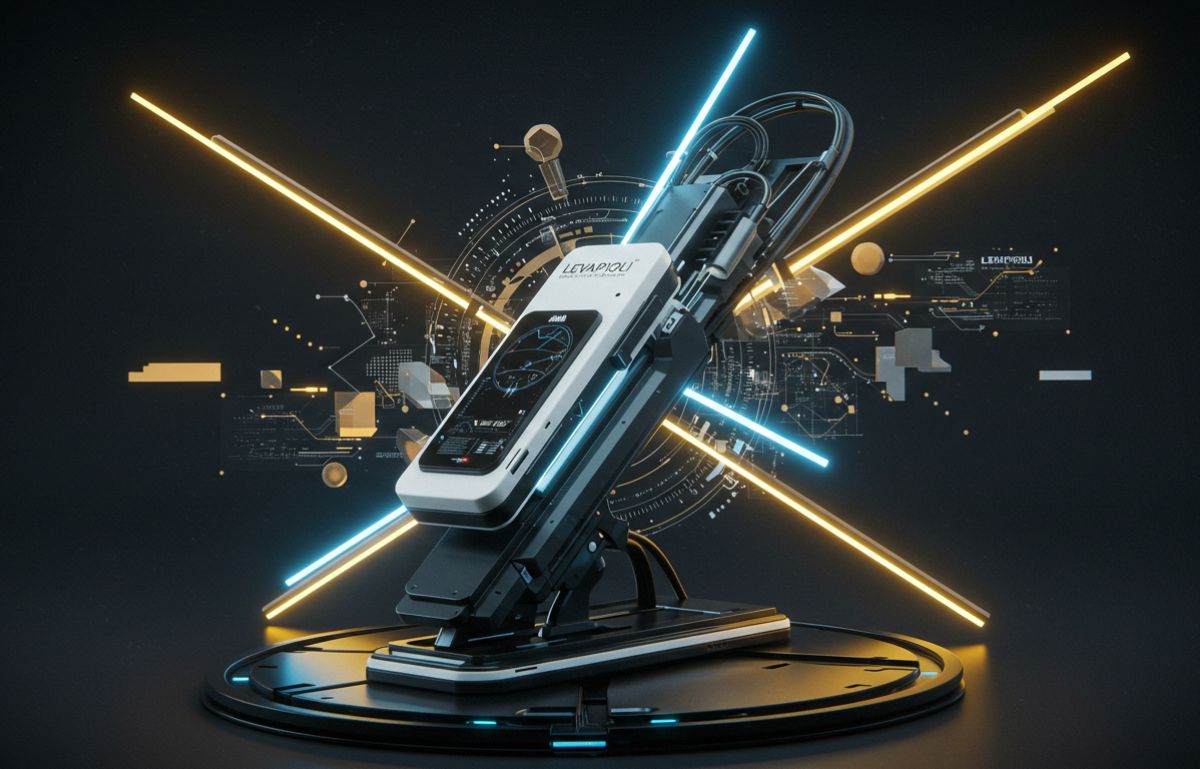The term Levapioli is quickly gaining traction in the modern innovation and design landscape. While it may sound new to many, Levapioli embodies a set of principles that bridge creativity, practicality, and forward-thinking solutions. Whether you’re an engineer, a designer, or simply a technology enthusiast, understanding Levapioli is crucial in staying ahead of industry trends. This article delves deep into the concept, significance, applications, and future potential of Levapioli, ensuring a unique and insightful perspective on this emerging phenomenon.
Understanding the Levapioli Concept
Levapioli is more than just a buzzword; it represents a design ideology that harmonizes simplicity, efficiency, and eco-consciousness. The term is often used to describe systems or tools that streamline processes, reduce waste, and improve user interaction. It is rooted in the idea that functionality doesn’t have to come at the cost of complexity.
Core Characteristics of Levapioli
-
Minimalism with Purpose
Levapioli promotes designs that are clean, simple, and focused. It eliminates unnecessary clutter and prioritizes user needs. -
Modular Structure
One of the defining traits of Levapioli is modularity. Components designed under this principle are easy to replace, upgrade, or repair. -
Sustainability Integration
Sustainability is at the heart of Levapioli, ensuring that every innovation supports eco-friendly practices and long-term environmental goals. -
Adaptability and Scalability
Whether in architecture, tech, or product development, Levapioli solutions are designed to adapt over time and scale efficiently.
Applications of Levapioli Across Industries
The Levapioli framework finds its place in a variety of industries due to its versatile and universal principles.
Levapioli in Architecture and Urban Planning
Modern architects are incorporating Levapioli to build smart cities and sustainable housing. The emphasis on modular design allows buildings to be modified without major renovations. Additionally, sustainable materials and smart energy systems align perfectly with the ethos.
Levapioli in Product Design
From consumer electronics to household appliances, product designers use to enhance user experience and prolong product life cycles. For example, many tech gadgets now feature easy-to-open casings and replaceable parts, reducing electronic waste.
Levapioli in Software Development
In the digital realm, influences user interface design, system modularity, and maintainability. Developers strive for code simplicity, streamlined user experiences, and feature sets that evolve based on real user feedback.
Levapioli in Education
Educators are adopting to create adaptive learning environments that cater to individual learning styles. Curriculums are broken down into modules, allowing students to focus on mastery before progressing.
The Benefits of Levapioli
Implementing principles brings a multitude of benefits that improve both user satisfaction and systemic efficiency.
Increased Usability
Designs based on are intuitive and user-friendly, reducing the learning curve and improving accessibility.
Cost-Effectiveness
With modular and sustainable components, products require less maintenance and fewer resources to manufacture and repair, resulting in cost savings.
Environmental Impact
supports reduced material usage and enhanced recyclability, helping businesses meet green standards and reduce their carbon footprint.
Future-Proof Innovation
Scalable and adaptive solutions ensure that systems remain relevant and competitive in a rapidly changing market.
Challenges in Implementing Levapioli
Despite its numerous advantages, the approach is not without its hurdles.
Resistance to Change
Traditional industries and businesses may resist transitioning to models due to the upfront investment and cultural shifts required.
Skill Gap
Designers and engineers must be trained in modular thinking, minimalist principles, and sustainable design—skills that are still developing in many regions.
Misinterpretation of Simplicity
There is a risk that simplicity might be misinterpreted as lack of depth. True design maintains depth and capability under a simple facade.
Real-World Examples of Levapioli
IKEA’s Modular Furniture
IKEA’s focus on flat-pack furniture and customizable components reflects the ethos perfectly. Users can easily modify or upgrade parts without replacing the whole unit.
Tesla’s Over-the-Air Updates
Tesla vehicles utilize principles by delivering software enhancements via wireless updates, improving performance without requiring physical changes.
Modular Smartphones
Some tech companies are exploring modular smartphones where users can swap out camera units, batteries, or memory cards based on needs, reducing e-waste and extending product lifespan.
Levapioli and the Future of Design Thinking
As industries evolve, so does the demand for adaptable and sustainable innovation. is set to become a cornerstone in the design and development process across all sectors.
Incorporating Levapioli in Startups
Startups can particularly benefit from principles by creating MVPs (Minimum Viable Products) that are easy to scale, iterate, and refine based on user feedback.
Levapioli in Policy and Governance
Governments aiming to improve public services and infrastructure can apply by making systems modular, accessible, and citizen-centric.
Tips for Embracing Levapioli in Your Projects
-
Start Small: Apply principles to a single component or feature.
-
Prioritize the User: Always design with user needs and feedback in mind.
-
Plan for Change: Ensure your system or product can adapt over time.
-
Choose Sustainable Materials: Go for materials that are recyclable or renewable.
-
Test and Iterate: Use modular feedback loops to continuously improve.
Conclusion
Levapio is more than just a trend—it’s a transformative design philosophy that emphasizes sustainability, efficiency, and user-centric development. By incorporating into various domains such as architecture, product design, software, and education, we pave the way for a more responsible and adaptive future. Though it presents certain implementation challenges, the long-term benefits far outweigh the initial obstacles. For organizations and individuals aiming to innovate with purpose, offers a clear path forward.
